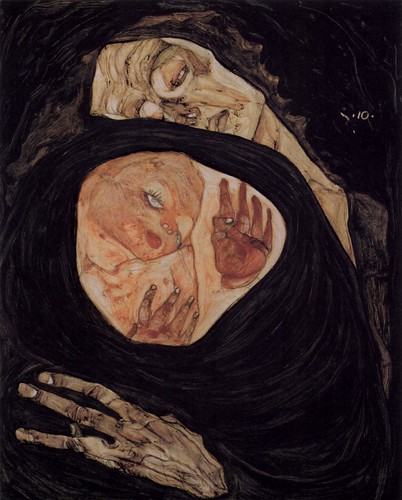Expressionism / Modern Expressionist paintings by the artist Joseph Minton

Artist: Joseph Minton
(1974 - Current)
Style: Modern Expressionist
Location: United States, California
Joseph Minton is a modern expressionism artist who is best known for his works "Inside", "Resurrection" and series of paintings titled "The Drunk". Minton’s roots are based in Expression and Abstract art showing a definite similarity to the works of the expressionist artists Edvard Munch and Georges Rouault. Minton became most recognized for his unique style of modern expressionist art by incorporating a vivid mixture of emphasized emotion, abstract color and the human form; he combines these items to bring to life the dramatic trials of the modern social environment. Minton's artistic career spans from his adolescence to adult life and he has his works on display to show the progression of his life through his paintings. Perhaps the best way to sum up the style of the artist is through his own words "True art has an entity of its own, it is alive, and has the ability to speak, effect and convey emotions to it's viewer. I consider my art to be an extension of myself." Minton's subject matter is broad and expansive yet always seems to share common bond which is the exploration of emotion.

Self Portrait of Joseph Minton - 2007 - Expressionism

Painting By: Joseph Minton - Departure - 2007

Expressionism Painting - Ressurection - By. Joseph Minton

Inside - Oil on Plaster - Painting By. Joseph Minton

The Drunk 2, By. Joseph Minton

Disturbance - Expressionism - Joseph Minton 2007

Joseph Minton - Distance - Expressionist Art - 2007

Expressionism Painting by Joseph Minton 2007

Permeable - Joseph Minton - 2008
Beckoning - By. Joseph Minton - 2008 - Expressionism

















